THE LAST MAN, READING by Michael Higgins
THE LAST MAN, READING
by Michael Higgins
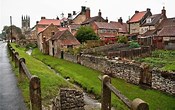
On a recent trip to Yorkshire I bought a few books at a bookshop in Helmsley. And village bookshops are a rare find these days, almost a relic of the past. One book was the Wordsworth edition of Mary Wollstonecraft Shelley’s The Last Man, first published in 1826.

Mary was notoriously famous by then as the poet Percy Bysshe Shelley’s mistress and later wife and widow, and for her association with the novel Frankenstein, published eight years earlier. My holiday was taken just after the British government relaxed the Coronavirus lockdown rules in June, allowing holiday venues and pubs and restaurants to reopen for business.
And as The Last Man is all about a plague devastating the world in the 21st Century I thought it might be a curious look at what Mary had to say about pandemic in what would have been her future back in the early 19th century.
Now that some restrictions have been re-imposed in Britain, those days seem clearer in scope.
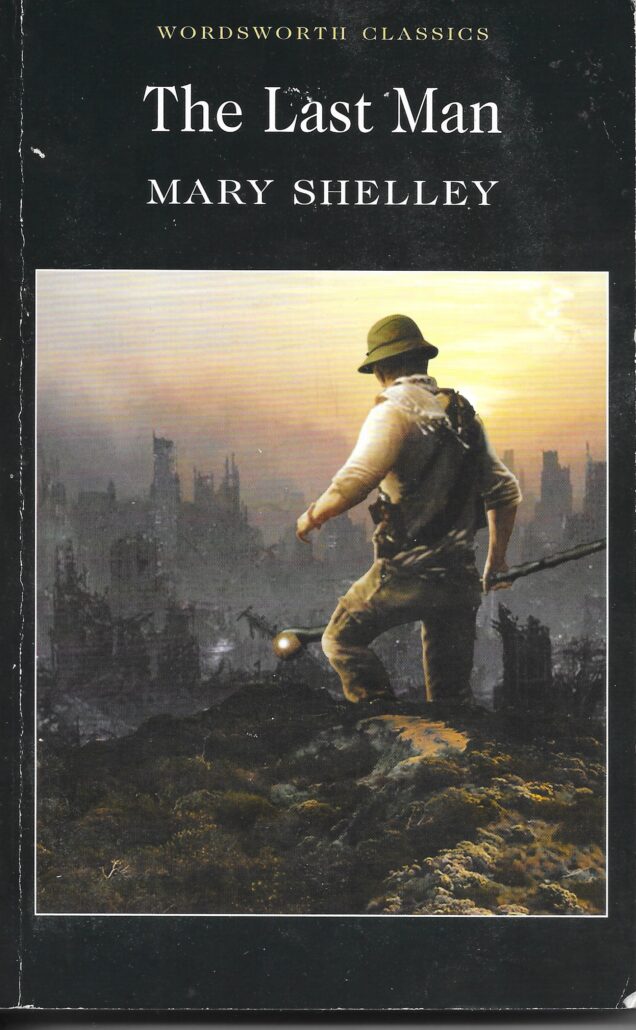
The un-named plague in Mary’s story is in some ways like our current Coronavirus pandemic in that it spreads incrementally but at its own pace. There are no government lockdowns or searches for vaccines. In fact there are no government measures at all anywhere as the plague with no cure spreads throughout the world, first from the East and the ruins of Constantinople (Istanbul). The story begins in the 2070s and ‘ends’ in 2100 so this plague is still even in our future. Yet Britain still conducts commerce via horse-waggon and sailing ship and fights its wars with musket and cannon, with bayonets fixed and colours flying. Apart from balloon travel, more a circus or festival novelty in Mary’s day, life is lived more or less as it was in the 1820s. The only discernible difference might be the emergence of three political parties in Britain (always called England in Mary’s terminology): Populists, Royalists and Aristocrats, after the peaceful willing abolition of the monarchy. The office of Lord Protector had been revived, elected by parliament, instead of constitutional rule by a king.
Why did Mary write such a bleak novel which sees the narrator, Lionel Verney, eventually become the eponymous Last Man of the story, in a depopulated world bereft of human comprehension or divine guidance? The answer to that perhaps lies in Mary’s tempestuous life and relationships in the hedonistic world of Percy Bysshe Shelley with whom she eloped as his mistress when she was sixteen. Percy had been expelled from Oxford for writing a defence of Atheism and was estranged from his father, Sir Timothy Shelley, Baronet and MP. Sir Timothy however would not see his son and heir penniless and granted him a generous allowance.
Hence Percy became one of the intellectual elite, mixing with radical literary Society led by such as Leigh Hunt, radical editor, and William Godwin, the radical political philosopher. Meeting Godwin’s sometime discarded 15 year-old daughter, Mary he soon became enamoured, or inveigled as others might say, into a relationship that was complicated by Percy helping to bankroll her father.

Godwin needed Percy’s money and was the first to promote his daughter when she began to make a name for herself in Shelley’s aftermath. The suicide by drowning of Percy’s abandoned wife Harriet also left a deep pall over their future happiness. Percy felt pursued and lived a life of exilic sorrow abroad with literary friends such as Lord Byron and his circle during a stay in Switzerland. It was in Switzerland that the story of Frankenstein was conceived and later published anonymously in England in 1818 when Mary was barely out of her teens. Percy’s sometime indifference to Mary’s miscarriages, and his infidelity with her half-sister Claire Clairmont, a discarded lover of Byron, and her own feelings for Byron, clouded her life. And her sense of abandonment by her mother, the radical feminist philosopher Mary Wollstoncraft, who died ten days after her birth, along with her father’s sometime indifference, may have left her with an overall feeling of worthlessness and despair.
In 1822 Percy and his friend Edward Williams drowned in a storm while sailing off the coast of Italy, leaving Mary and her father desperate for money. Sir Timothy Shelley initially refused to maintain her son, Percy Florence, unless she gave him up to the family, a thing she refused to do.
He also for a long while refused permission for her to edit Percy’s works or publish a biography. William Godwin consequently arranged a stage dramatisation of Frankenstein and a French translation under her name, and edited her medieval historical romance Valperga in 1823. Three years later she published The Last Man, which being compared with Frankenstein, (like Valperga), received bad reviews.
I can see why because while the original anonymous 1818 Frankenstein has sharp dialogue and a philosophical clarity on the morality of artificial creation, The Last Man has ponderous dialogue spread over the pages and tells a rather dragged out tale of a literary and philosophical elite running England alongside the eventual struggle to manage a slide into doom.
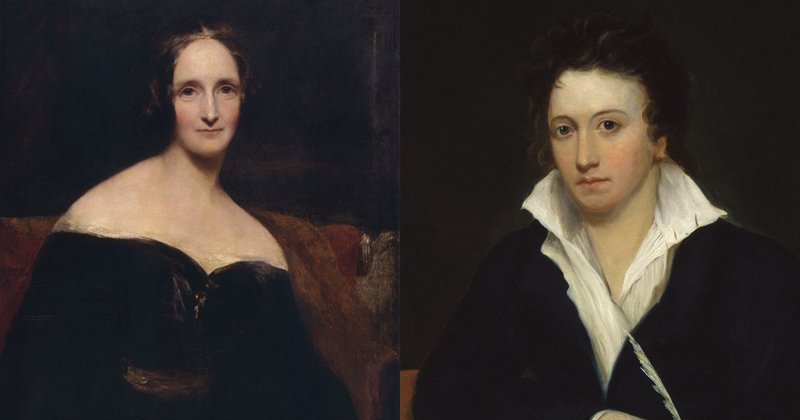
It is a sort of rather watery literary biography and out of this echo of Mary and Percy’s life and society there emerges a rather weak and idealistic Shelly character (as portrayed as Adrian, Earl of Windsor), the rather effete Lionel Verney (a version of Mary) as former rustic shepherd from Cumberland educated by Adrian, and a Lord Byron character named Lord Raymond who dies in the still on-going Greek War of Independence in which the real Lord Byron died in 1824 while Mary was writing. In this two hundred year old war the Greeks under Lord Raymond finally take Constantinople but only after the surviving Turkish defenders have fled the plague raging inside. Raymond is the only Greek general willing to enter the city and he perishes in its sabotaged ruins.
Plague here brings eventually depopulation, migration and a total standstill of commerce, a little like our current situation but whereas governments in our day have instigated restrictions on gatherings and conducting trade, in Mary’s late 21st century commerce eventually dies through the steady tide of the plague itself. The populations of countries of the world shrink to mere handfuls or nothing at all, and in England Adrian, as Lord Protector, decides to lead the few survivors to Switzerland for no fathomable reason except that the air is fresher and the plague might have dispersed. They are wrong, as depicted by their ragged travels through a depopulated France and a final destination in Rome. Adrian, like his model Percy Shelly, is shipwrecked off the Italian Coast, with Lord Raymond’s daughter Clare (modelled on Byron’s abandoned daughter Allegra). They drown. Adrian’s wife Idris (partly modelled on Mary herself) has already died en route. The last survivor is Lionel a part model of Mary too, so in a way she is also the last woman.
Lionel writes his memoirs, which are the text of the novel, in Rome, amid abandoned statues of real human beings and grand, if ruined, architecture. He wonders who will read his memoirs, as he sets out from Rome to heaven- knows- where.
It is said that in this novel Mary has set the idea of Romanticism on its head, pitting an indifferent Nature against idealistic Man and begging the question: What is the perception of nature without Man to define it? There is no redemption or Apocalypse in this book despite natural phenomena going wild with a black sun in the sky and sky high tides at some point in the story. That is unlike the narrative path of Frankenstein, in which the Natural Philosopher and his ‘Creature’ become defined by each other’s desires and fears. Victor Frankenstein is aghast at the ‘monster’ he has created and fears for the future while the Creature only wants love and acceptance from his creator. When the Creature pursues Frankenstein to Orkney and demands Victor create a female for him, Frankenstein ultimately deliberately destroys his first female prototype, and the rejected and thwarted Creature vengefully pursues him to destroy everything Victor loves, including Frankenstein’s bosom friend Henry Clerval in Ireland and his new bride back in Switzerland. Victor flees to the supposedly Arctic sea ice pursued by his Creature, and both Creator and Created vanish in the inhospitable whiteness. The story is retold by a sea captain who encounters Victor before he dies and forms a sympathetic bond with him.
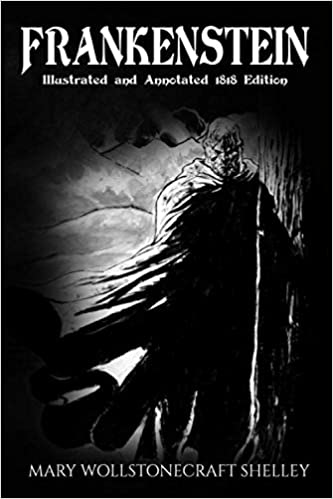
Frankenstein is set in the 1700s before the outbreak of the Napoleonic Wars into which Mary was born. The Last Man is set some 250 years into her future in a somewhat idealistic world where time is somehow still harking back to an era haunted by the ghosts of the Romantic Poets. So engulfed was Mary by the world of the elitist ‘spoilt little rich kids’ in which she once mixed that even her contemporaries wondered how Mary could have written a masterpiece on one hand in 1818 and then a dud eight years later.
Indeed many of Percy Shelley’s friends thought Percy had written Frankenstein- it was published anonymously and the preface was signed by Percy.
Sir Walter Scott thought Percy was the author and others opined that if Mary had actually written it the story was ‘all from Percy’s brain’ whether or not he hinted it was hers.
Percy’s cousin Charlotte Grove called it ‘Bysshe’s Novel’. (Percy’s family used his middle name and so originally did he).
In 1824 one reviewer of Valperga compared that work unfavourably with Frankensteintoo, arguing that the same author could not have written the two books. He opined that the real author of Frankenstein must have been her late husband.
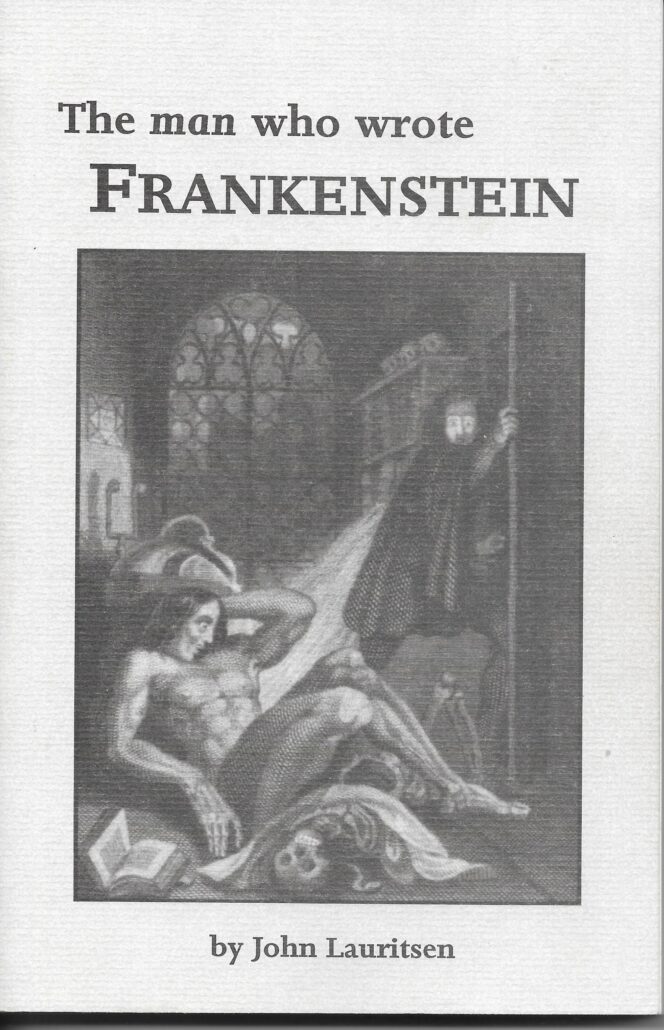
This is the theme of John Lauritsen’s 2007 book The Man Who Wrote Frankenstein. Here Percy Shelley is acclaimed as author through textual evidence and the infusion of Percy’s thought, philosophy and writings throughout. Lauritsen however also offers homoerotic affection as a major theme – that between Victor Frankenstein and Henry Clerval, and also between the Creature and Victor – the adopted sister-cousin-bride, Elizabeth Lavenza, being a sideline of homosocial life of the day. Lauritsen points out that the manly nature of the book, it’s evocation of classical Greek philosophy and echoes from Plato’s Banquet (or Symposium), which Percy had translated, are clues. He argues that as Mary often took dictation from Percy and his circle to provide fair copies it is not significant that the manuscript copy of Frankenstein is in both hers and Percy’s handwriting,
Lauritisen also points to her father’s editing of all her novels, including her updated preface for the 1831 edition which borrows from Godwin’s other writings and which subtly changes some pronouns to provide a more heterosexual reading of the work. In this edition’s preface (the edition usually reproduced today) Mary disputes these accusations and proposes a ghost story competition at Byron’s Villa as the catalyst. Yet Lauritsen asks how could an ill-educated teenager have developed all these ideas and literary skills when living with Percy and then somehow lost them all after his death?
I cannot answer these questions despite having form as a public reader, with Eileen Earnshaw, (see author and Eileen on cover and at top) of Percy Shelley’s works, notably his Mask of Anarchy, at the Peterloo bicentenary Commemorations in 2019.
I can only say that as the last man here in my study, and a Last Man in my own house beside my wife, in increasingly restricted social isolation due to government instruction, I can honestly say I sighed with relief on finally finishing Mary’s The Last Man story of a dystopian future in both her future and mine. However the book was a long haul and I did find it wearying in its many patience- testing sections. In many parts I wished the Plague would hurry up and whittle things down to the chips.
All the more reason then for re-reading the original 1818 Frankenstein for its succinct insight into human curiosity of life, creativity and ethical speculation, and – above all – human yearning for love and acceptance. I wonder at its timelessness evident in subsequent film storylines that neither Percy nor Mary would ever recognise. And I wonder when theatres can re-open fully to show any films or dramas, whether of Frankenstein remakes or not. Or for that matter dramatisation of The Last Man for Hollywood or Bollywood.
But for now I also wonder how long our own Coronavirus restrictions will last, and when this Queen Of The World, as Mary called her plague, will abdicate her throne?
Happy reading folks.
Editor´s Note:
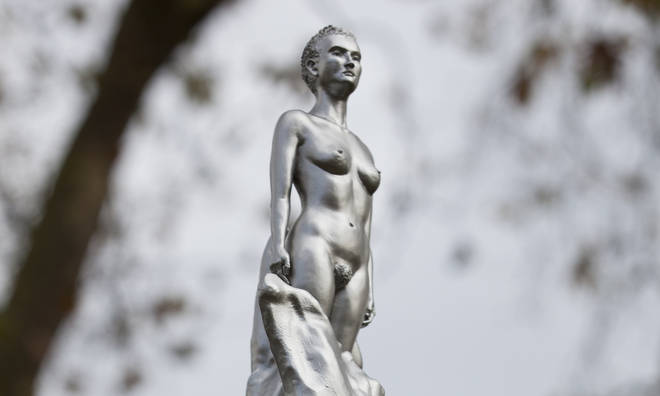
Since the writing of this piece a news story broke concerning The sculptor of a statue of philosopher Mary Wollstonecraft, (see left) who has hit back at critics who branded the piece sexist for depicting the feminist naked.
Artist Maggi Hambling said those angered or confused by the statue, commissioned to mark the writer´s place in the UK, had misunderstood or even misread its message.
The artwork, cast in silvered bronze, was unveiled in north London’s Newington Green, close to where Wollstonecraft lived and worked, after over a decade of local campaigning and fundraising.
Defending her work, Hambling told the Press Association: “The female figure at the top is open and challenging the world.
“It’s the on-going battle – a woman ready to challenge the world.”
Referencing a quote by composer Gustav Mahler, she added: “Mary Wollstonecraft was clearly full of fire 200 years ago and before feminism.”
“So, the whole sculpture is about that. It’s like a rocket of hope going up into the sky, with all that’s still got to be done.”
Statues can´t seem to find peace anywhere these days and I wonder if Michael might comment further.

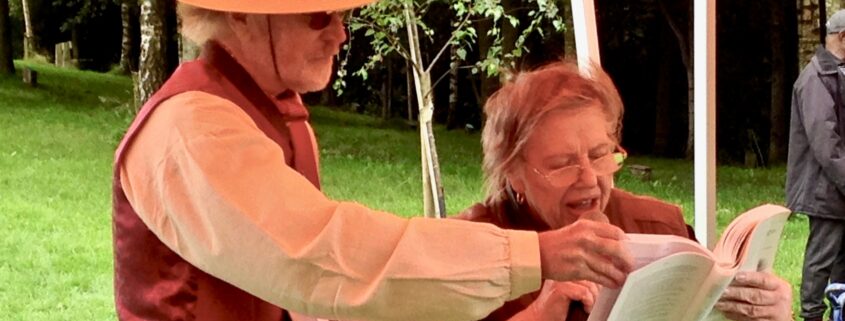


Leave a Reply
Want to join the discussion?Feel free to contribute!